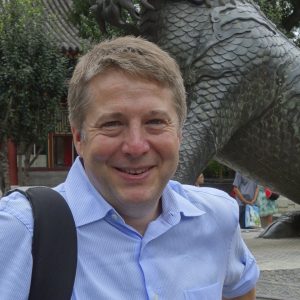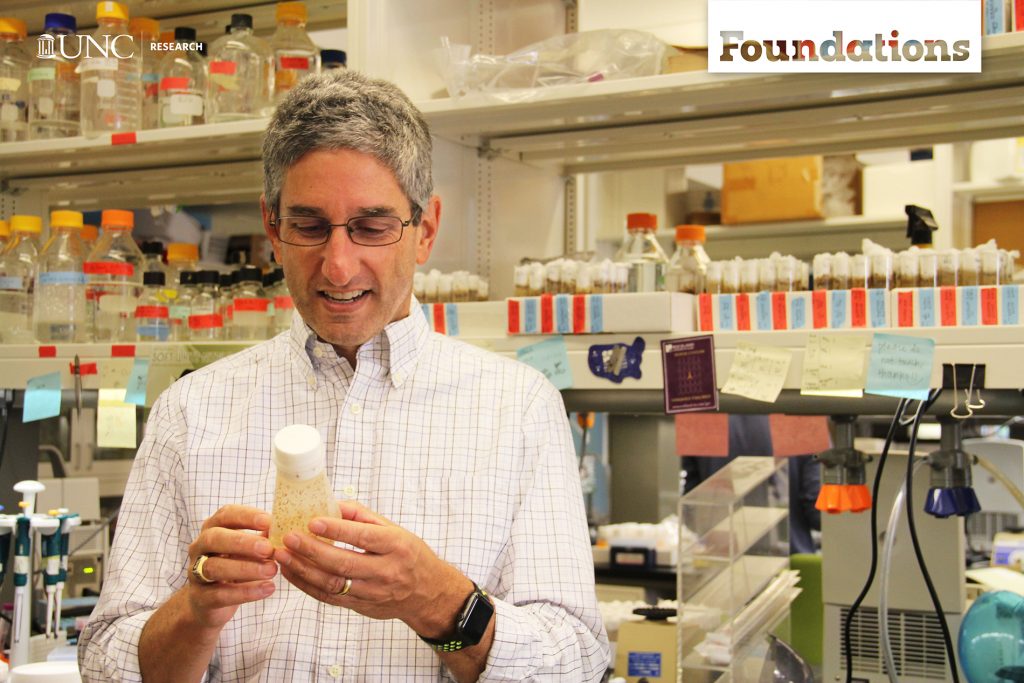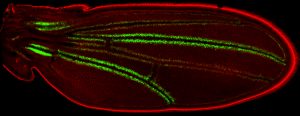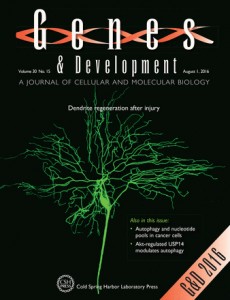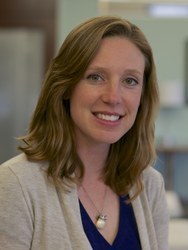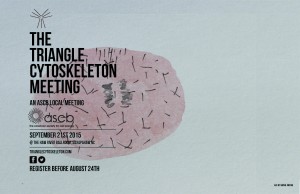After successfully serving as the Integrative Program for Biological and Genome Sciences (iBGS) Business Manager, Tracey Conrad has announced she will be transitioning to her new position as the Assistant Director, Business Administration of the UNC Lineberger Comprehensive Cancer Center effective Oct. 31.
Ms. Conrad was hired in July 2011 by School of Medicine (SOM) Finance and Business Operations (FBO) to provide financial support and strategic direction for a variety of departments, including iBGS. This includes managing all state, FNA, trust, and clinical accounts; managing faculty commitments; making projections and strategic planning.
“This is an outstanding opportunity for Tracey,” says Dr. Bob Duronio, iBGS director. “She has been continually committed to the success of iBGS and I have very much enjoyed working with her. Tracey’s commitment to ensuring a seamless transition to her new position has been exemplary of her skill and dedication.”
Delphi Bull, the current Business Officer, will be transitioning to the Business Manager position while retaining several of her current responsibilities. Ms. Conrad and Ms. Bull have been able to collaborate during the overlap of their positions to ensure a seamless transition.
“Delphi’s combination of talent and experience is an outstanding resource for the faculty, staff, and students at iBGS, “Duronio states. “I have no doubt that she is capable of taking on these additional responsibilities and I look forward to working with her in her new role.”
Questions regarding this transition may be directed to Dr. Bob Duronio at duronio@med.unc.edu.

